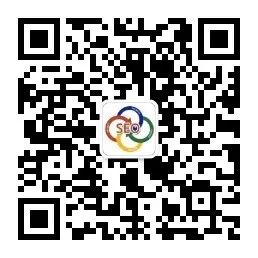The ranking factors of Google SEO can be roughly divided into two categories: on-site factors and off-site factors. Google SEO on-site optimization refers to the optimization for on-site factors. There are many factors on the site, which can be roughly divided into two categories: content-related and non-content-related.
Content-related ranking factors mainly refer to the quality of the content (original degree, information value, use of keywords, use of graphic/video materials, page layout design, etc.) and quantity (quantity of content, update frequency) and other factors. The mission of search engines is to return high-quality content related to the query for searchers. Therefore, when planning the content of a web page, it is necessary to consider which keywords the page hopes to rank under, and whether the content is sufficient to satisfy the amount of information required by the query. In general, an article is better for ranking under a small topic, while a website or a collection page, because it contains richer content, is better for ranking under a larger topic.
Non-content-related in-site ranking factors mainly refer to some factors related to technology and website structure, such as the domain name of the website, the opening speed of the webpage, whether the structure of the website is convenient for spiders to crawl, whether it is friendly to mobile phone users, whether the code is standardized, etc. The impact of these factors on a website tends to be global, while content-related factors tend to be page-level.
On-site optimization of SEO usually refers to diagnosing website problems with website diagnostic tools, and then correcting and repairing website problems according to some best practices in the industry. As for which keywords each webpage should be optimized for, it should be solved at the keyword research stage.
SEO on-site optimization often involves the modification of the following elements:
Title, the title of the web page, this title is not displayed on the web page, but will appear in the title of the tab page of the browser, and will also appear in the title of the search result. It is one of the more important factors in the ranking factors of the site. Generally speaking, each web page in the website should have a unique title that reflects the content of the web page, and the length of this title should preferably be less than 60 characters, so that it will not be displayed in search results because it is too long. truncate
Meta Description, this content is also not displayed on the page, not even a ranking factor, it is important because it can control the summary of the page in the search results to a certain extent. It is generally recommended that the length be controlled under 160 characters. Its main role is to attract clicks.
H1 - H6, which are the headings that will be displayed on the page, reflecting the structure of the content. Generally, a web page has only one H1. It should be used in descending order and should not be skipped. For example, after H1, it should be H2, and it should not directly jump to H3.
Alt text, this is used to explain the content of the picture, which is very helpful for the disabled. It belongs to the web accessibility specification, that is, if there is a picture on the webpage, the alt attribute needs to be used to explain what the picture is about. This is also helpful for SEO. Search engines also use the content of this alt to understand what the image is about.

URL, it is generally considered that the URL is shorter and better, with as few parameters as possible, and English words are separated by connectors

